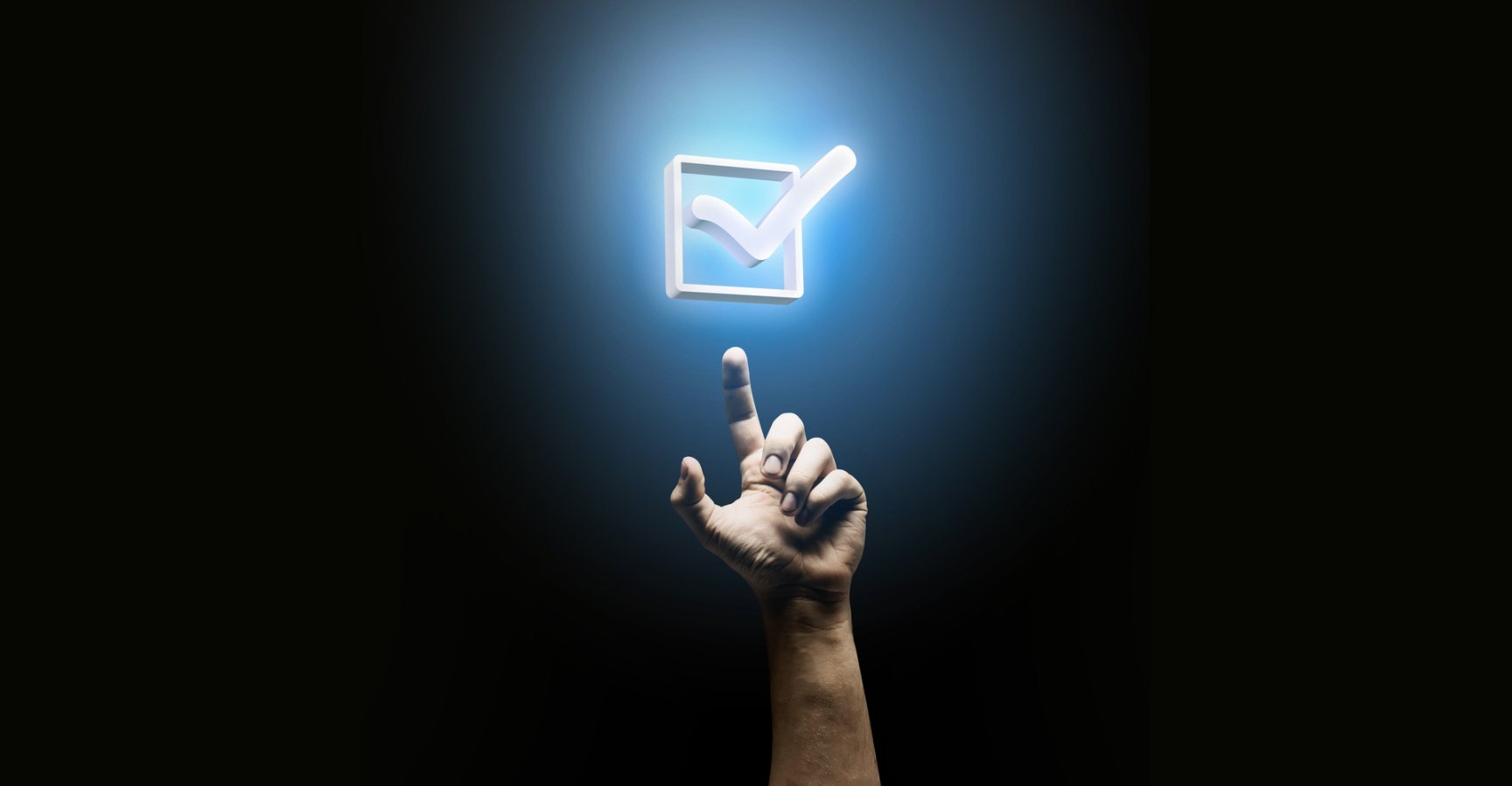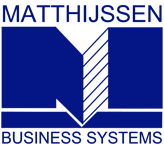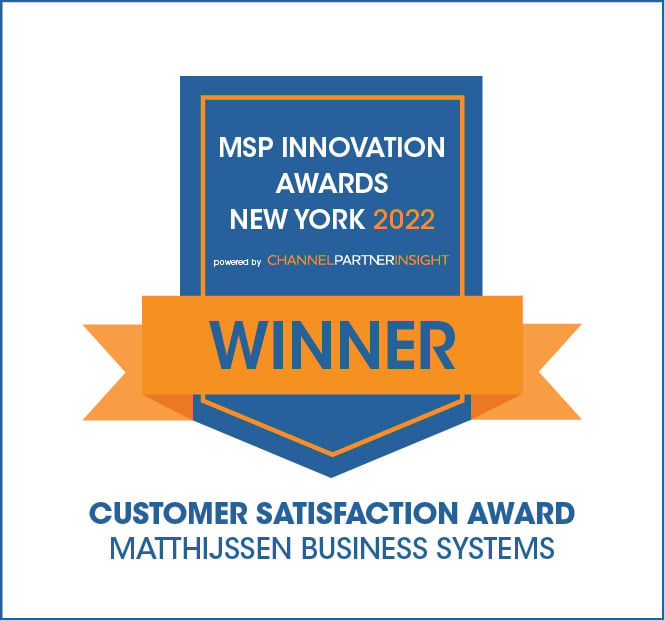Your Cybersecurity Checklist for 2023
January is a great time to evaluate your personal goals and resolutions for the new year. This is the time when many reflect on the past year, and decide how they want to improve in the coming months. The same should go for your business and security strategy.
Here is Matthijssen’s Cybersecurity checklist for 2023 to help you and your organization set your new year’s resolutions:

Backup Your Systems
Start the new year off right by backing up your systems. The primary purpose of a backup is to protect your company from data loss. Backing up your systems at the beginning of the year is a good landmark to start with, but you and your organization should be scheduling frequent and multi-layered backups to ensure you will always have the most recent copies of your data, even in the event of a disaster.
Patch Your Software
Part of your new year reset should include patching your software. A software patch is a set of changes to a computer program or its data that is designed to resolve functionality issues, improve security or its overall features. Software patches are released routinely, but now is a good time to make sure all of your systems are up-to-date.
Implement MultiFactor Authentication
Now is a great time to have you and your workforce change your passwords and implement a multifactor authentication process, if you haven’t already. Passwords often aren’t enough to keep your information secure. Rather than simply relying on a password to provide access, multifactor authentication requires an additional layer of security to validate your access.
Train Your Employees on Cybersecurity Best Practices
Most security breaches occur due to human error. Training your employees and testing them frequently will ensure that your workforce is up-to-date with cybersecurity hygiene and always on the lookout for any anomalies throughout your systems.
Some of these best practices include changing your passwords and keeping your information private, phishing testing and training and learning the latest industry procedures.
Distribute and Organize Documents with DocuWare
Security starts with employees understanding what information should be kept confidential. Making explicit statements in a confidentiality agreement and documenting other processes makes it less likely for sensitive information to get leaked from your workforce.
Keeping these agreements and other documents securely distributed and organized is a great starting point for your organization’s security checklist. It’s also a good idea to develop or revisit your company’s policy on confidential information.
Develop or Update Your Disaster Recovery Plan
No matter how tight your business security plan may be, it is always best to have a disaster recovery plan in place. You never know when disaster may strike, and leave your organization or it’s reputation at stake. Typical failures could include facility disasters, malicious attacks, mass corruption, or even hardware breakdown.
Revisit your Security Strategy
It’s wise to constantly revisit your security strategy, since cyber threats are constantly changing as well. Changing your security strategy will make it harder for hackers and other malicious characters to catch on or find vulnerabilities in your system.












